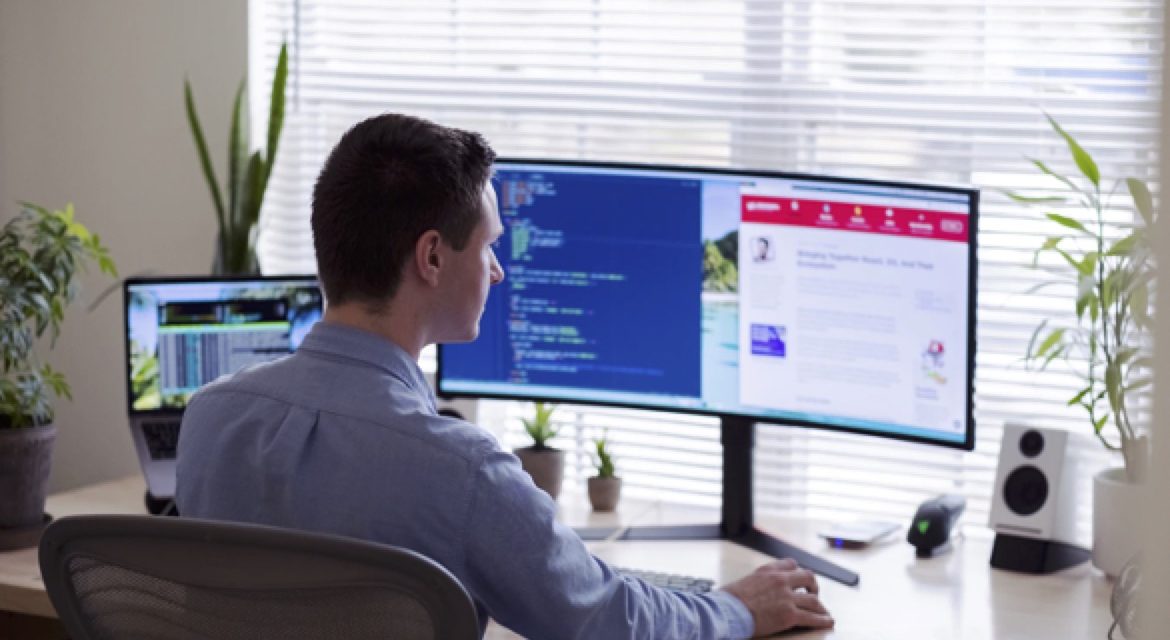One unfortunate side effect of the COVID-19 pandemic has been what sometimes seems as arbitrary or inconsistent guidance and dissemination of information. The result has caused a lack of confidence in medical and governmental leadership and questioning of details. In addition, the politicization of something that should be mainly grounded in science has led to extreme reactions and a deeply fractionalized approach towards containing the pandemic.
The result of these twists and turns has vastly complicated the process that organizations must take when planning office re-openings. Employees are anxious. One key success factor is having a solid rationale for policy and decision making to garner employee trust and support. Employees will tend to question such decisions, and many will have a certain level of fear or apprehension. Infection and mortality statistics coupled with non-stop news coverage and endless tragic stories will add to an employee’s concerns. Meeting these fears, questions and concerns is a critical aspect of an office re-opening plan.
The lack of guarantees adds to the challenge of communication. How do you tell your employees that you’ve followed all the appropriate guidelines but that their risk is still non-zero? Lower risk means a greater likelihood of safety, but there are no guarantees. The virus does not necessarily obey standards, and there are many complex factors involved with spread and infection. Employers cannot promise a completely safe environment—no one can, short of encapsulating every person in a plastic bubble where there is zero change of virus transmission.
Risk models can be used to minimize an employee’s exposure. As an extreme example, a poorly ventilated room presents higher risk than a well-ventilated one with spacing between employees. Making an accurate risk assessment is much more complex; even superficially similar spaces can have surprising differences. Comparisons can be made between various work environments and how they may compare to dining in a restaurant or sitting at a bar, and this is an important component in rolling out plans to employees.
The principles for assessing risk must be based on scientific and medical fact. Determining a low risk work environment involves analyzing many factors, ranging from the way HVAC systems and air circulation function to spacing between individuals, infection rates of where employees reside, traffic patterns within the office, communal or informal congregating points and even types of activities, such as quietly working at a desk, talking on the phone or holding an interactive meeting. All of these factors must be taken into consideration to develop a suitable risk assessment.
While these data points are essential in developing an accurate risk profile, they are also valuable to use in communicating with employees to show that decisions are not arbitrary or the result of some best guess work. Instead, having real data and utilizing proven scientific and medical modeling and algorithms will help substantiate return to work plans and help quell employees’ suspicions, concerns and fears. In addition, ongoing monitoring of these factors is also important, since factors can change. Showing that the organization is attentive to the dynamic nature of factors increases confidence and respect.
Involving executives, managers and even employee representatives in a task force to review these assessments and make decisions and plans will bring employees on the inside track and also help address employee concerns. The combination of real data, scientific process and transparent and inclusive group decision making will change what might otherwise be a panic room to a recovery room.
Not all employees will feel comfortable returning to the office—at least right away—so allowing flexibility for personal issues and perceptions increases overall return-to-office success. In this way, not only is the basis for the plan substantiated, but it enables office returns to be a process rather than an event, and changes can be made in a phased approach than all at once.
Making plans and implementing them is one thing, but effectively communicating them and having a solid basis for them will make all the difference between successful re-openings and failure.
Latest posts by Dr. Michael Gao (see all)
- From Panic Room To Recovery Room: How to Make Smart, Informed Decisions - January 10, 2021













